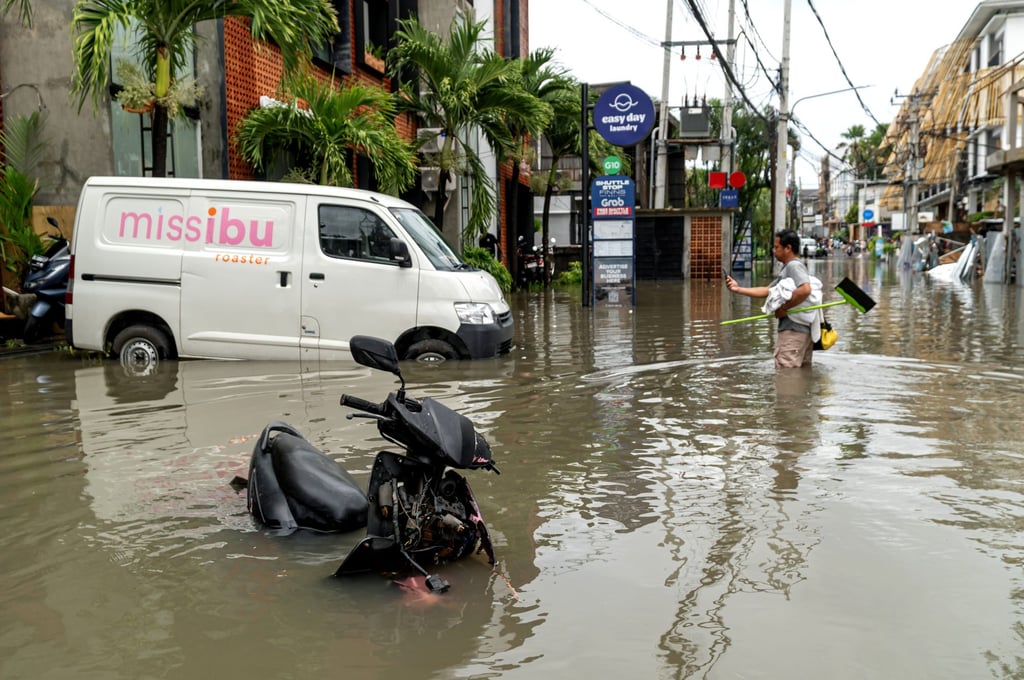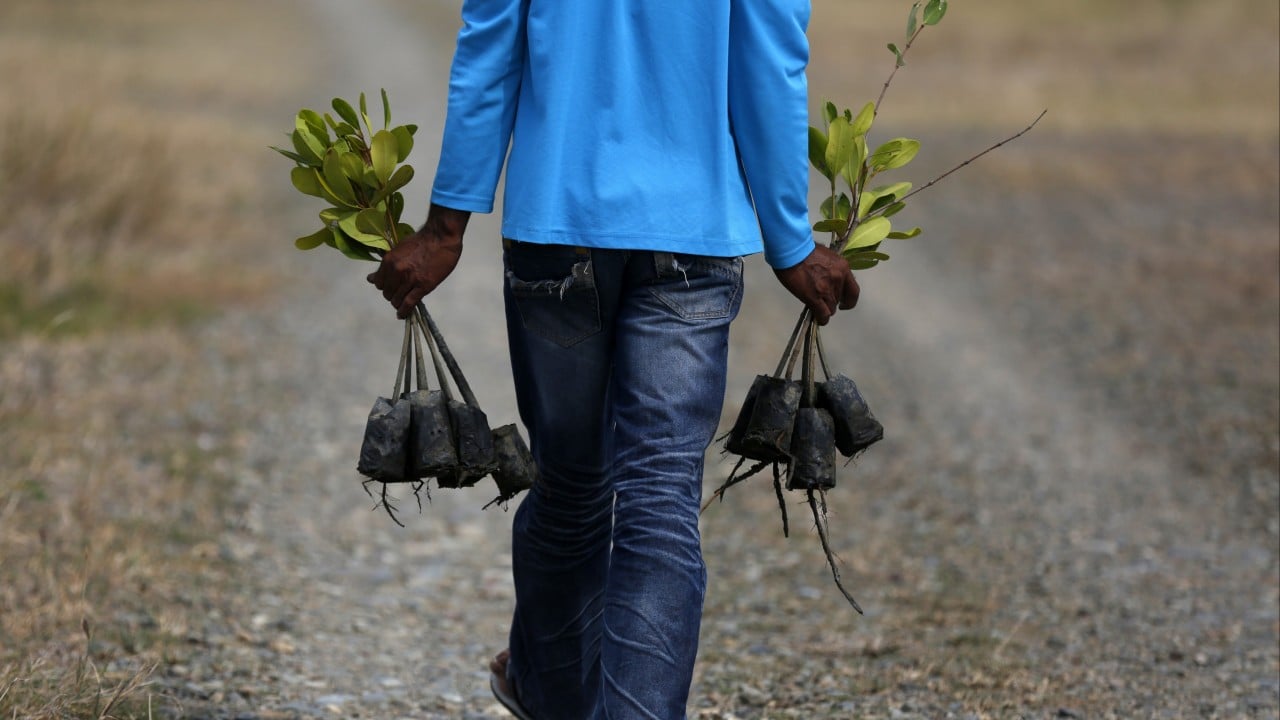Bali turned into torrents of mud and debris recently as floods killed at least 18 and displaced hundreds. Cars and motorbikes were swept away and tourists evacuated from hotels. The disaster was fuelled by days of heavy rainfall that overwhelmed rivers already narrowed by upstream deforestation and rapid development. The resort island was, for several days, gripped by chaos.
Advertisement
Almost simultaneously, typhoon Ragasa tore across the Philippines before curving towards China’s coast. Winds flattened homes, triggered landslides and forced entire communities into makeshift shelters. Flights were grounded and ports closed as the storm pressed on with relentless force. The brunt of the damage fell in the northern Philippines, with Taiwan also reporting substantial casualties.
The two disasters, hundreds of kilometres apart, reflect Asia’s dangerous vulnerability despite the billions spent on flood defences from Indonesia to the Philippines. These were not record-breaking events: rainfall in Bali was within the range of past floods and, historically, the western Pacific has seen storms of comparable strength to Ragasa, even bigger. Yet the scale of damage makes clear adaptation is not moving quickly enough.
This fragility stems from an imbalance. We have invested heavily in deforestation, river straightening and rapid coastal development, yet too little in maintaining their natural protective functions. Bali’s floods were more destructive this time because forests upstream have been depleted and rivers straightened, sending water surging into populated areas. Typhoon Ragasa battered coastlines stripped of mangroves that once blunted waves.
The lesson is clear: Asia must stop trying to outbuild nature and start working with it. This means embracing nature-based solutions and restoring ecosystems so they can perform their protective roles.

Encouragingly, some policymakers are beginning to act. The Asian Development Bank has launched a Nature Solutions Finance Hub, aiming to mobilise at least US$5 billion for projects. And its Regional Flyway Initiative, linking migratory bird conservation with wetland restoration, seeks to mobilise US$3 billion to protect wetlands. Countries like Vietnam have integrated water-sensitive urban design into city planning, while the Philippines has implemented river restoration projects combining wetland restoration with conventional flood defences.
Advertisement

